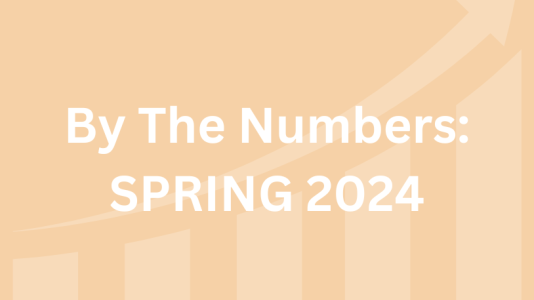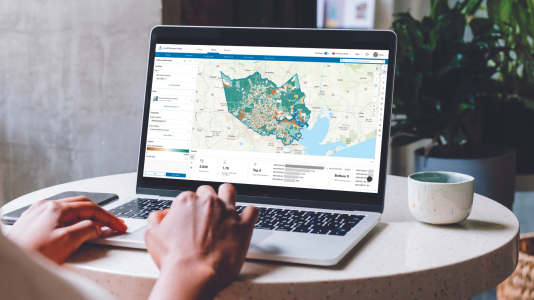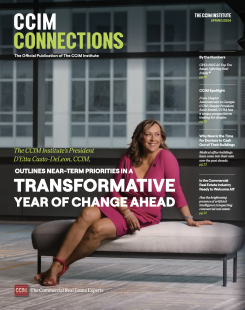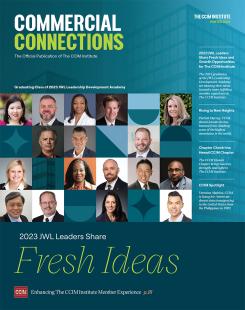CCIM Connections
The Official Publication of The CCIM Institute
Image

Spring 2024
Cover Story
Shattering Ceilings - Leading with Innovation and Industriousness
Read ArticleImage

Spring 2024
Why Now Is the Time for Doctors to Cash Out of Their Buildings
By Michael Campbell, CCIM
Once considered a subsegment of office properties, medical office buildings have come into their own over the past decade.
Read Article
Once considered a subsegment of office properties, medical office buildings have come into their own over the past decade.
The Latest Trending Articles
Featured Articles by Issue
Stay Up to Date on All Issues
Hero image

Intro Text
Did we get to see you in-person in 2023?
Hero image
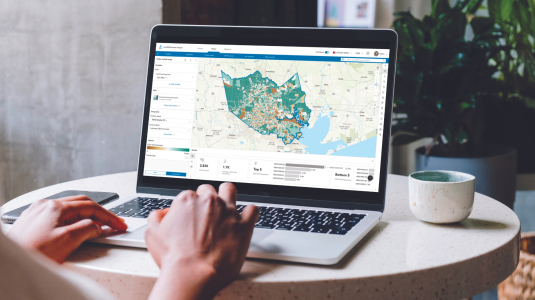
Intro Text
Site To Do Business is commercial real estate's most advanced digital toolkit providing essential data components and marketing tools to give your audience a broader perspective on today's market. By integrating quality online data into a dynamic mapping environment, Site To Do Business provides access to technologies and databases that wins business.
Hero image

Intro Text
Making Deals - Spring 2024
Hero image
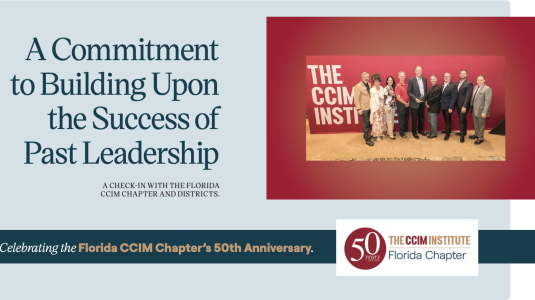
Intro Text
Bringing Success and Strength to The CCIM Institute



